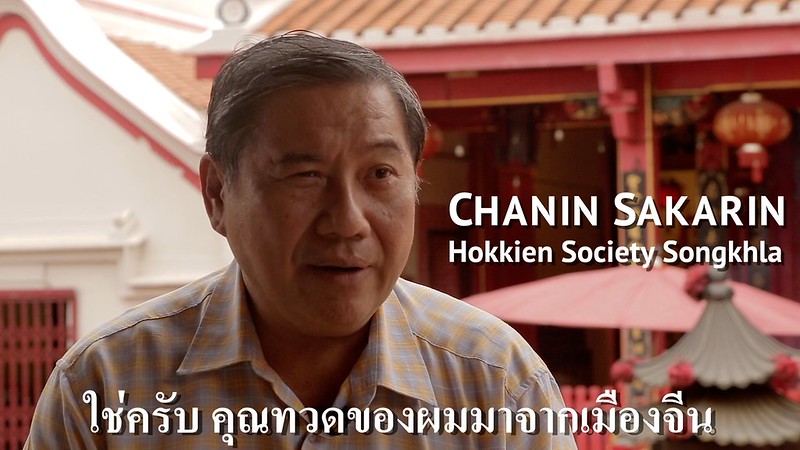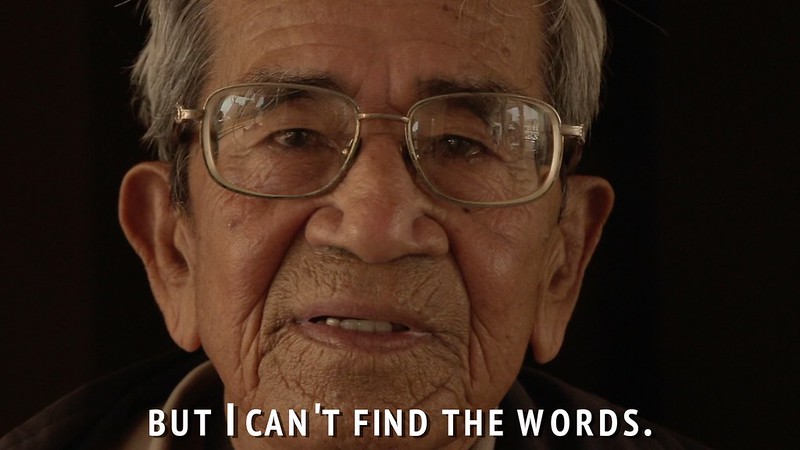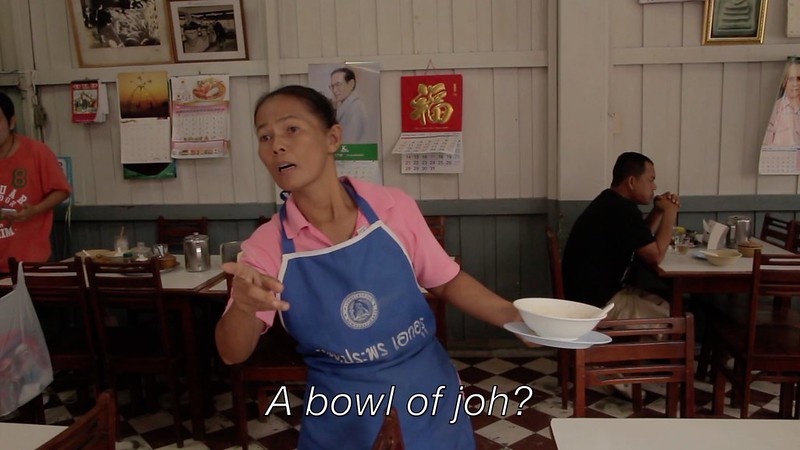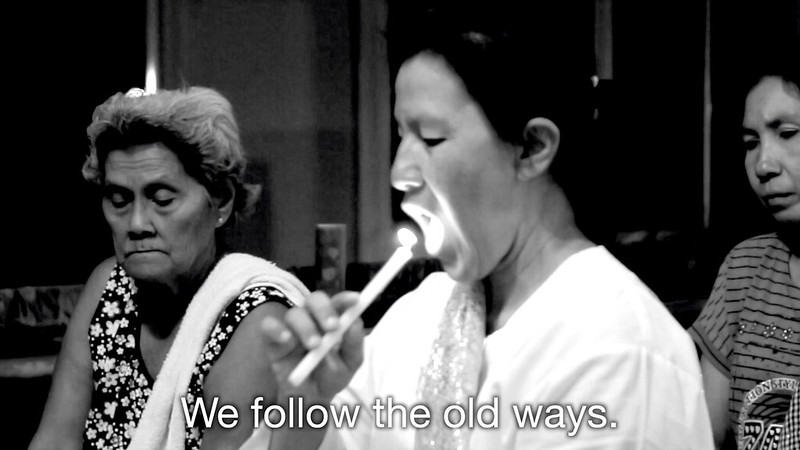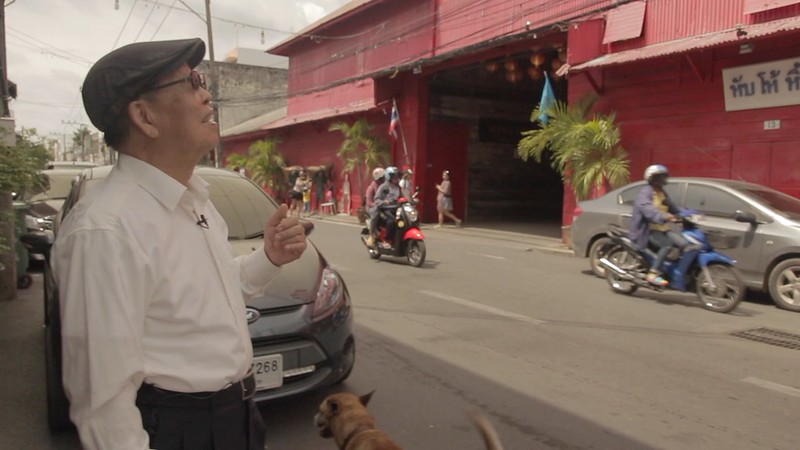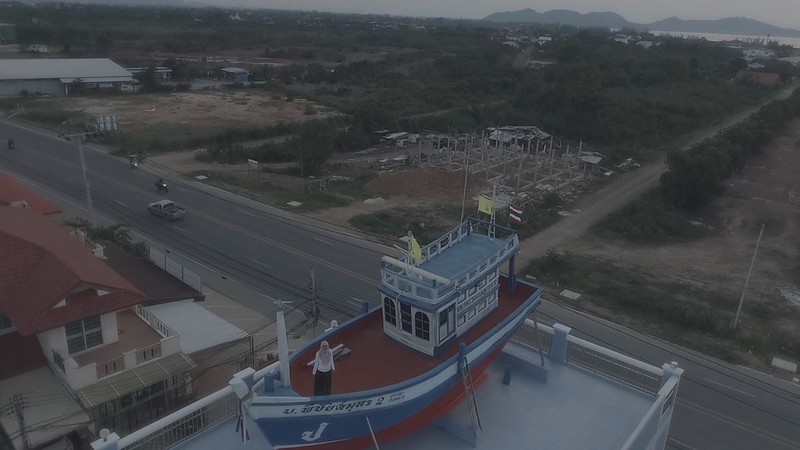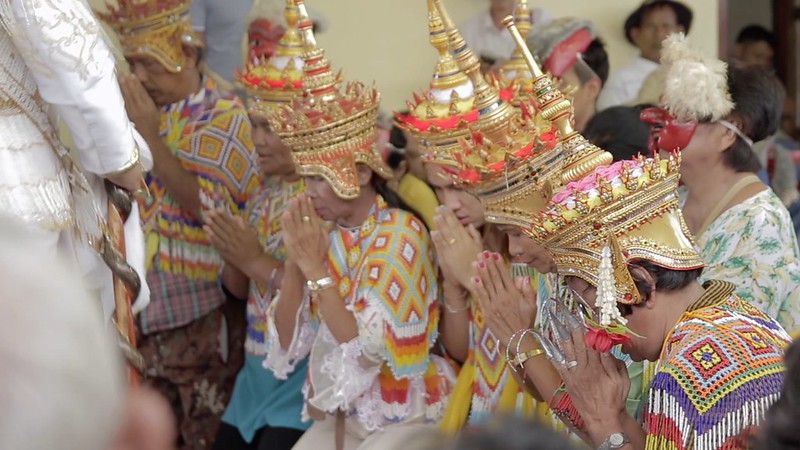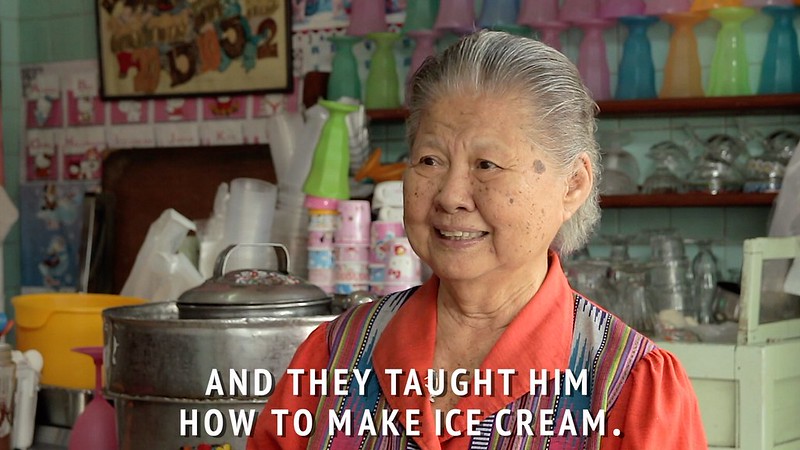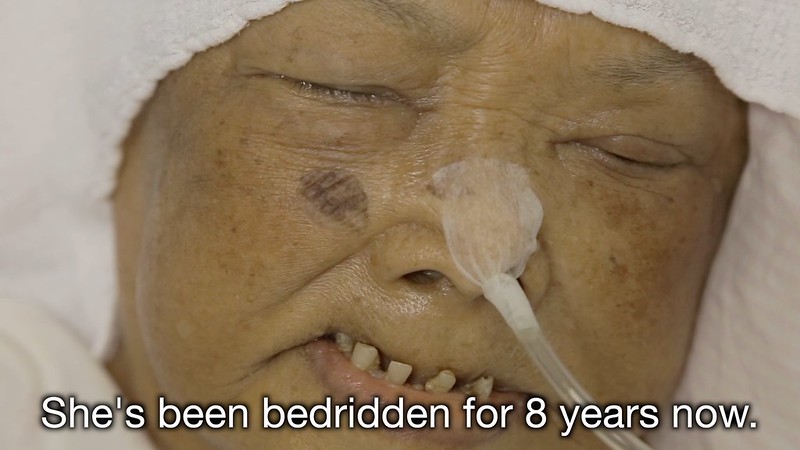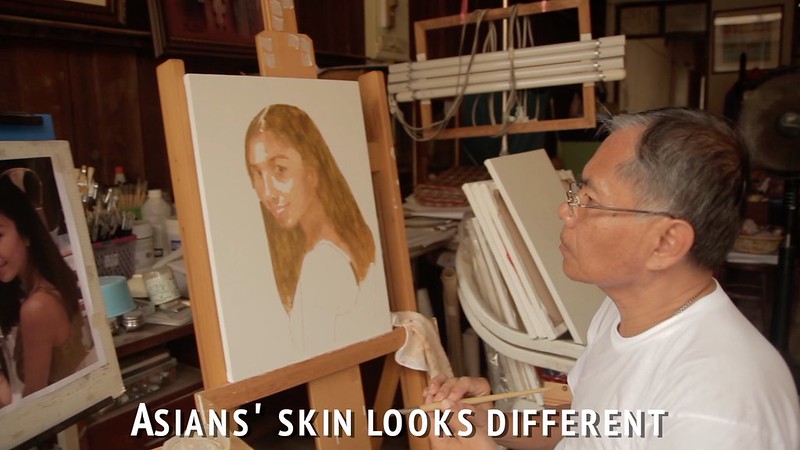Multimedia Feature PITCH
THE LAND OF IN-BETWEENS: Everyday Lives in Thailand’s Deep South
The city of Songkhla sits between the lake and the sea. On the streets you see faces of Chinese heritage, faces wrapped in hijabs and faces of Thais, originally from the north. This is a place of in-betweens, Thailand’s deep south, a place travelers are warned not to visit.
Songkhla Provence is named after one of Thailand’s oldest coastal cities. Records from Chinese traders mention it, who sailed in their junks into Songkhla’s harbor to escape the stormy Gulf of Siam. As decades passed more ethnic Chinese migrated here to Songkhla. In 1842, the Thai King at the time, Rama III, awarded the settlement official city status. Not only did he sent a royal gift, a “city pillar” to serve as Songkhla’s ceremonial cornerstone. The Thai king also allowed the Chinese to set it up next to their Chinese gods in what is today called the City Pillar Shrine.
Still from: THE CHINESE IN SONGKHLA
When wild elephants roamed Thailand’s jungles, boats carried goods and people up and down Thailand’s coast. Then came the railroads. In the tropical heat, men cut a groove in the landscape and built Thailand’s train southern line. Goods arrived on ships into Songkhla’s old iron dock and were loaded there into boxcars. Years later, after inland roads had been built in the 1960’s and 70’s, Songkhla’s train station was no longer needed. The main north-south road bypassed Songkhla. The train line to Songkhla was suspended. Men like Mr. Viang Rodpon, who had worked their entire lives on Songkhla’s rails, were suddenly left with only their memories.
Still from: MISSED CONNECTIONS
For decades, Nan has worked for two elderly sisters who run a shop serving congee (โจ๊ก) for breakfast. The sisters pay her a salary but over the years have given her extra money to help put her children through college and build a house. When one of the sisters fell ill, Nan who took care of her. Their (unseen) care for each other is the secret ingredient that makes their congee the best in town.
Still from: THE SECRET INGREDIENT
In the Songkhla countryside, traditional life includes honoring deceased family members through “Kao Song” (เข้าทรง). Mr. Nee Yom Thumsuan, 82, is one of the last teachers of this traditional ceremony which involves spirit possession. He explains the role of spirits in their daily life and questions why skeptics still refuse to belief even that which they can see.
Still from: SPIRITS
Mr. Rangsi Ratanaprakarn grew up in Songkhla and his father owned the town’s iconic Red Rice Mill. There, he (secretly) learned how to drive his fathers delivery truck and explored Songkhla’s lake in a canoe. His childhood memories not only remind us of the joy of childhood. It’s in part these heritage stories, which fill the Red Rice Mill with meaning for the town, although the mill is no longer in use.
Still from: LITTLE RANGSI AND THE RED RICE MILL
Ms. Rossanee Nurfarida is a young Muslim poet from Hat Yai in Songkhla Provence and finalist for the 2016 South East Asian Writers Award. Her poem, Lost in Homeland, was written in 2015 during the Rohingya refugee crisis. Then – as again in 2016 – thousands of stateless Rohingya from Myanmar set out on old fishing boats seeking a better future. The author reads the poem while stranded on a boat perched at the top of a four-story, urban house. The video’s setting – stranded in Thailand’s Deep South – extends the poem’s metaphor, commenting on southern Thailand’s Muslim minority as a people stranded in the country of their birth.
Still from: LOST IN HOMELAND
Still from: NORA
Still from: EGG YOLK ICE CREAM
Still from: MOTHER
Still from: THE PAINTER
 OXLAEY
OXLAEY